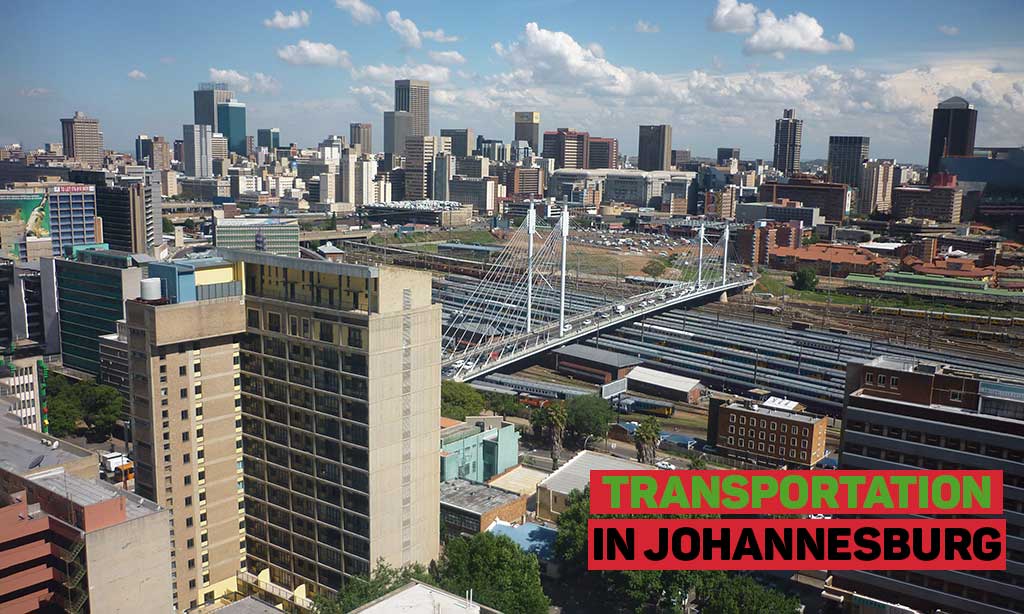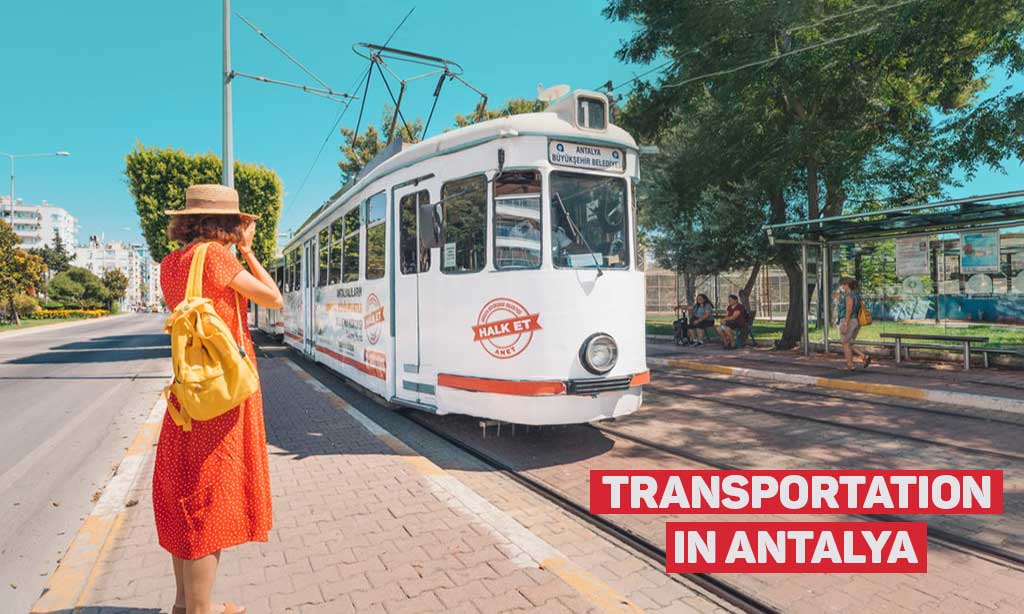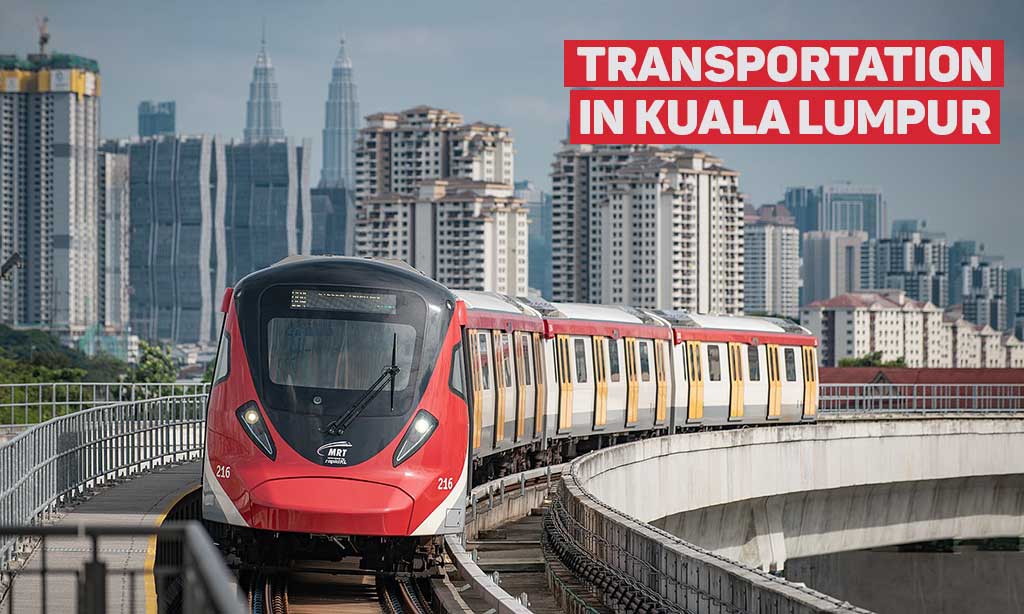Overview: Public Transportation Venice, often referred to as “The Floating City,” is a unique destination where canals replace streets and boats replace cars. The city’s transportation system is tailored to its aquatic environment, offering a blend of historical charm and modern convenience.
Major Transport Operators Venice:
Venice’s primary mode of transportation is by water. The city’s public transport system is operated by the ACTV, which runs the vaporetto (water buses), and there are also private water taxis, gondolas, and traghetti (gondola ferries) available.
Table: Transportation Systems:
| Transportation | Operator | Website URL |
|---|---|---|
| Vaporetto | ACTV | ACTV.it |
| Water Taxi | Various private operators | N/A |
| Gondola | Various private operators | N/A |
| Traghetto | Various private operators | N/A |
Guide on Ticket Purchasing:
Vaporetto Tickets: Tickets for the vaporetto can be purchased at ticket machines and transport desks located at major stops. Prices vary based on the duration and type of ticket. For instance, a single ride costs €7.50, but there are also 24-hour, 48-hour, and 72-hour travel cards available. Remember, always validate your ticket before boarding.
Water Taxi: These are private boats that can be hired to take you directly to your destination. They are more expensive than the vaporetto but offer a more personalized and faster service. You can book a water taxi at the airport, train stations, or through various online platforms.
Gondola and Traghetto: Gondolas are iconic to Venice and are mainly used for romantic rides and sightseeing. Traghetti are larger gondolas that ferry people across the Grand Canal at specific points. You pay the gondolier directly for these services.
Major Passenger Airports Venice:
Marco Polo Airport: Located closer to Venice, it offers various transportation options to the city center, including the Alilaguna waterbus, private water taxis, buses, and land taxis.
Treviso Airport: A smaller airport further from Venice, primarily serviced by budget airlines. From here, you can take a bus, car service, or taxi to Piazzale Roma in Venice.
Renting a Car in Venice:
While Venice itself is car-free, if you’re arriving by car, you’ll need to park at Piazzale Roma or in Mestre and then proceed by water transport or on foot. Remember, driving in Venice is not possible, so plan your trip accordingly.
Cycling Facilities in Venice:
Given Venice’s unique structure and the absence of roads, cycling is not a common mode of transportation within the city. However, if you’re exploring the surrounding areas on the mainland, cycling can be a pleasant experience.
Walking Facilities in Venice:
Walking is one of the best ways to explore Venice. The city is compact, and most attractions are within walking distance of each other. While the maze-like alleys can be confusing, they are part of Venice’s charm. Remember to wear comfortable shoes, as you’ll be crossing numerous bridges and cobblestone paths. Moreover, there are several walking tours available that not only guide you through the city but also provide historical and cultural insights.





